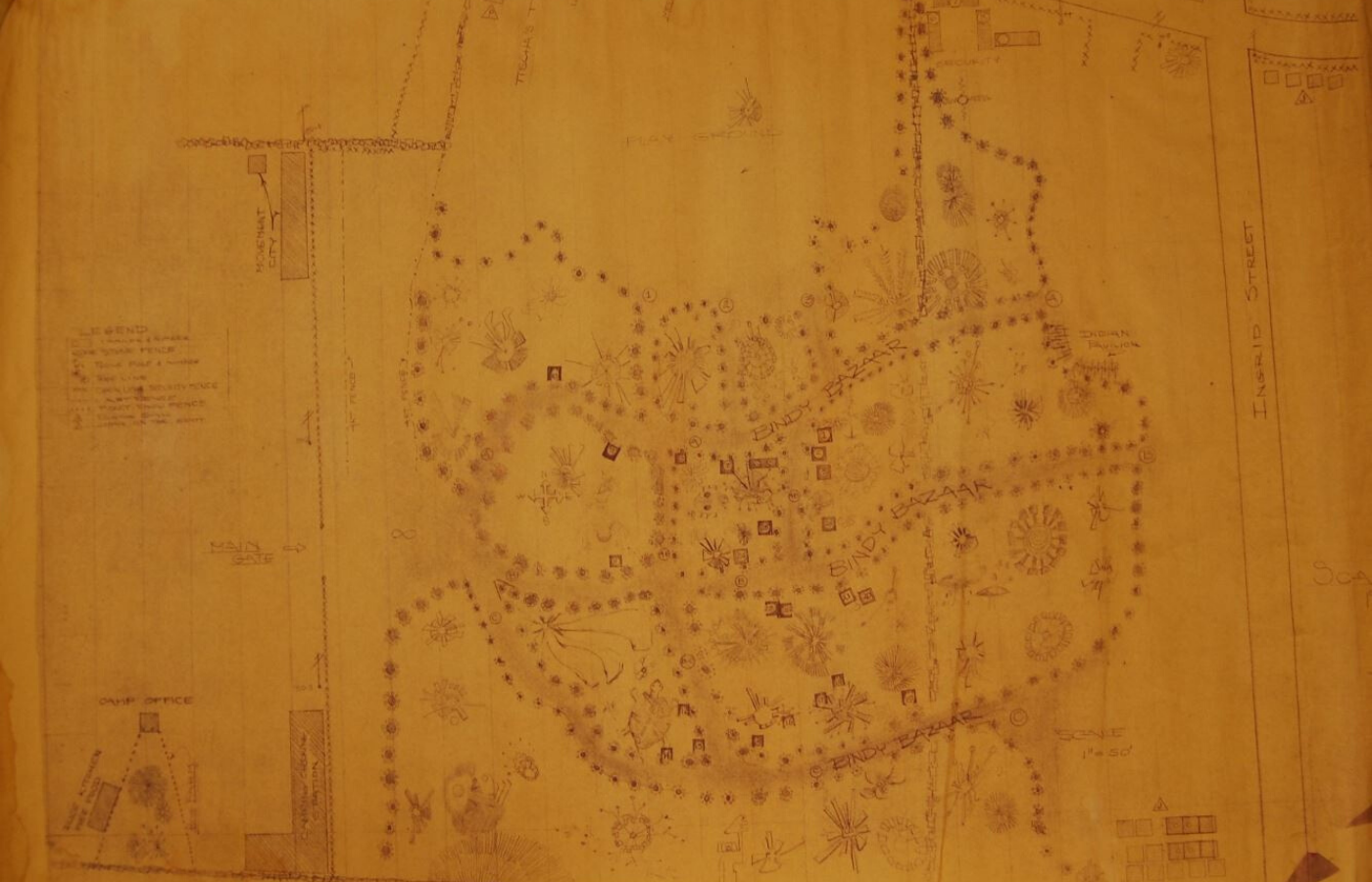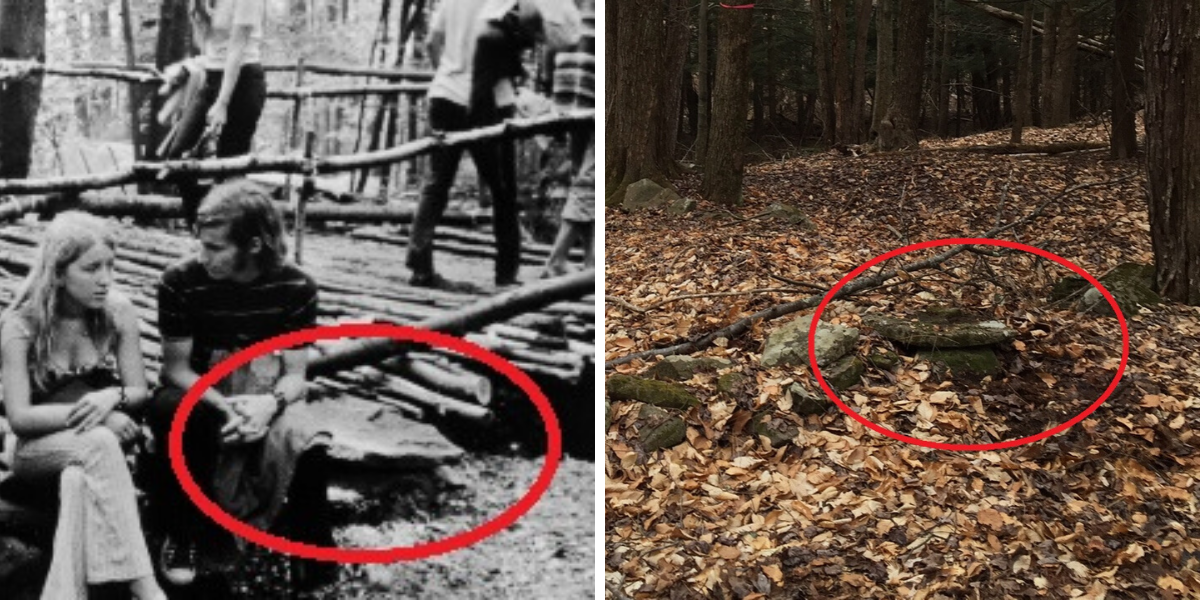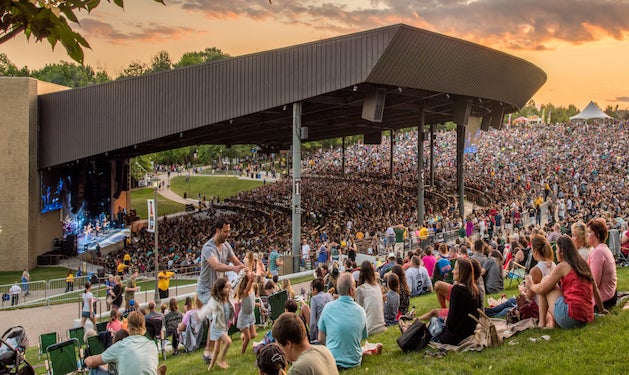Museum at Bethel Woods Senior Curator Neal Hitch discusses ongoing and upcoming preservation efforts at the historic site.
In 2018, Heritage Landscapes completed planning documents for the purpose of redeveloping public areas at Bethel Woods including the Overlook, the Monument Area, and the Bindy Bazaar Trails.
This work directly followed the nomination of Bethel Woods to the National Register of Historic Places, formally acknowledging the site's significance. Historic landscape preservation is a long-term objective of The Museum at Bethel Woods, which will provide great benefit to the historic site of Woodstock and the surrounding community. Preservation work is an ongoing effort that begins with research and documentation. This is the most critical aspect in decision-making when it comes to the long-term preservation of any site. Archaeology is a fundamental key to achieving this information.
Bethel Woods has developed a successful partnership with the Public Archaeology Facility at Binghamton University (PAF). Initial archaeological studies were completed in the Bindy Bazaar in 2017. During the next season, archaeological testing was completed at the stage area. Partnering with Binghamton University brings professional archaeologists to our site, but it also provides the benefit of student education and interaction -- much like the creation of the original Woodstock festival.
Work on the original paths through the woods in July of 1969 began immediately after the Yasgur Farm site was secured. Peter Brown and Dale Saltzman worked on a crew of about 30 people…"within the first day or two they sent us out to some kind of wooded area and we chopped down a lot of small trees,” Brown stated in a 2016 interview. In 2007, Stan Goldstein, wrote that “...paths through the woods were cleared. Bridglets were built over swampy terrain and brooks that bubbled up from underground.”

Original plans of the Bindy Bazaar showed approximately 25 rectangular booths positioned along defined paths. The booths were ad hoc arrangements of rocks, trees, wood, and other materials. In 2017, Binghamton archaeologists and students conducted a systematic survey of the Bindy Bazaar area and located approximately 24 of the 25 booths. Currently, you can walk a small section of the paths that have been restored and opened to the public.
At the beginning of 2020, additional research resulted in both a new understanding and new opportunities in the Bindy Bazaar and Playground areas. Images and videos of vendor booths were matched with potential archaeological sites that had been mapped by the archaeologists. Seven specific vendor booths were located and documented at specific locations as a result of this research. The famous bridge photo and trail sign photo taken by Baron Wolman were both located as well.

The Museum at Bethel Woods has current plans to continue the archaeological studies by completing a Phase II archaeology project. PAF professional staff and students will inspect the ground surface within the Bindy Bazaar area to relocate the booths documented in 2017. After 50 years of accumulation of decomposed vegetation, the vendor booth areas, in many cases, just look like bumps on the ground. Our goal of this new project will be to define at least six booth areas for future interpretation and signage. Once booth areas have been cleaned and defined, we will move on to the next step: telling their stories.
